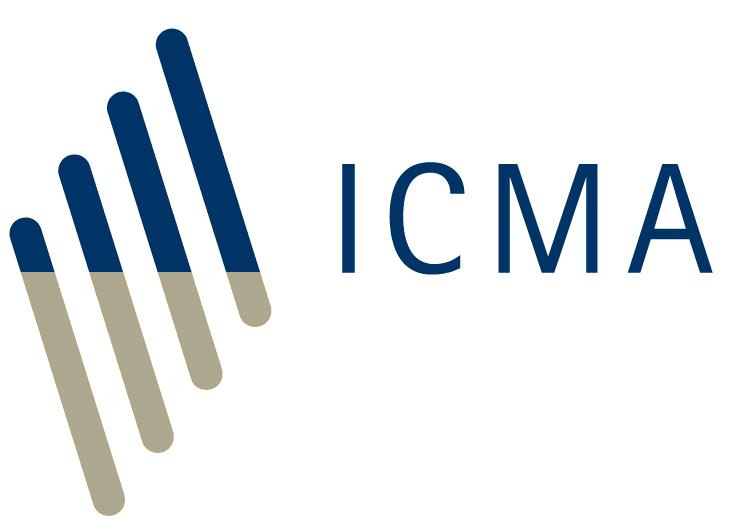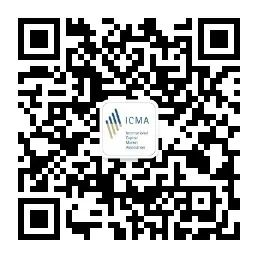|
|
Livestreamed
|
In collaboration with:![]()
Securities Lending has been an important activity within the securities marketplace for many years. Firms that choose to lend their equities and/or bonds do so in order to earn lending fees and to enhance their investment returns. Conversely, firms that choose to borrow securities typically do so primarily to meet delivery commitments and to receive sale proceeds in a timely fashion.
However, undertaking securities lending & borrowing transactions is not without risk. The mitigation of exposures is an essential daily task, involving the regular revaluation of both the lent/borrowed security and the associated collateral. Companies are also required to make margin calls on the counterparty and settlement of such margin calls.
Additionally, corporate actions may arise which can impact the lent security and/or securities collateral.
It is therefore of paramount importance that those responsible for processing such transactions possess a clear understanding of the risks involved, their potential exposures and critically, what mitigating measures are necessary.
Learning Outcomes
By completing the course you will be able to:
-
- Have a strong grasp of the fundamentals of Securities Lending and be able to explain the transaction lifecycle
- Describe the types of market participants and appreciate why these firms engage in Securities Lending, and their impact on capital markets and retail investors
- Understand the operational, legal and regulatory risks and issues involved
- Comprehend the advantages/disadvantages of using different types of collateral
- Appreciate the impact that corporate actions have on the lent security and on securities collateral
- Discover some relevant anecdotes and Securities Lending case studies
Who should attend?
The course is suitable for personnel working within many departments of financial institutions such as operations, middle office, risk, legal, accounting and IT. The course is applicable to buy and sell-side firms, plus those working within central securities depositories and custodians.
The course is targeted towards those currently working within a securities lending department who would benefit from an all-round understanding of the topic. In addition, those who have had limited exposure to the topic but who require a greater understanding of the relationships between their work and securities lending & borrowing.
Certification and Programme Recognition
ICMA is a member of the CPD® Certification Service, an FCA-approved qualifications provider and approved by the Securities & Futures Commission of Hong Kong as provider of Continuous Professional Training (CPT).
ICMA recommends that 20 learning hours can be associated with this course, based on attended/undertaken hours of study required to successfully complete the learning outcomes.
A Certificate of Attendance will be awarded to those who meet the minimum attendance requirements for this course.
Please note that your course certificate of attendance or completion should be sufficient to satisfy any professional development requirements – if you require further evidence, please contact us at education@icmagroup.org.
The course content is divided into several topic areas, which are then broken down into multiple subtopics:
- Securities Lending – The Fundamentals
- What is Securities Lending?
- The Purpose: Why Do Lenders Lend & Borrowers Borrow?
- Participants & Structure
- Trading Strategies
- The Marketplace – Participants & Stakeholders
- Lenders, Borrowers and Intermediaries
- The Lender’s Perspective: Motivations and Considerations
- The Borrower’s Perspective: Motivations and Considerations
- Global custodians
- Third-party lending agents
- Central counterparties
- Trade Lifecycle
- Pre-trading, Locates
- Trade execution
- Pre-settlement
- Settlement
- Buy-ins
- Mark to Market and Margin calls
- Recall/return of lent settlements
- Fees & Billing
- Assets & Collateral
- Equity vs Fixed Income
- Fundamental collateral concepts
- Margin: Purpose & use
- Types of collateral
- Rehypothecation
- Legal Documentation
- GMSLA
- Securities lending agency agreement
- GMRA
- Updating Books & Records
- Securities bookkeeping: Definition & purpose
- Importance of updating books & records
- Updating books and records for lent/borrowed securities, cash and non-cash collateral, fees and rebates
- Securities Lending and Corporate Actions
- Corporate actions: Overview
- Income
- Cash dividends
- Lent securities
- Short sale proceeds
- Lent/borrowed equity
- Voting
- Withholding tax
- Risks in Securities Lending
- Regulation
- Introduction
- EU short selling & financial transactions tax
- CSDR
- Reporting to a central trade repository
- Recent Securities Lending Scandals & Controversies
- The Lehman saga uncovered
Livestreamed Course
ICMA's livestreamed courses are delivered via video conferencing accessed on our digital learning platform, using the most effective pedagogical approaches and incorporating interactive functions like virtual breakout rooms.
The Securities Lending live sessions are delivered in four 3.5 hour sessions over the course of two weeks. You will be given access to the course materials before the live sessions, and will have access to those for a total of three months from the first live session. During these three months you will have the option to keep working through the course materials at your own pace.
Livestreamed course fees
Members: EUR 2,100 (VAT not applicable)
Non-members: EUR 2,700 (VAT not applicable)
Classroom Course
Our classroom courses are delivered in-person at a confirmed location.
The Securities Lending classroom course will be delivered in London over 2 full days of training. Tea, coffee and light refreshments will be provided during the course but please note these courses are not catered. If you have any dietary requirements please let us know when you complete the registration form.
Delegates will be given access to our learning management system and the course materials before the live sessions, and will have access to those for a total of three months. During these three months you will have the option to keep working through the course materials at your own pace. Please note to ensure you book and take the exam within these three months.
Location Address
Venue TBC
Classroom course fees*
ICMA Members: EUR 2,400 + VAT (if applicable)
Non Members: EUR 2,900 + VAT (if applicable)
*Our prices do not include travel/accommodation. Please do not book any logistics until you receive email confirmation that the course will go ahead. This will be provided 4 weeks in advance of the start date
For security reasons, delegates who have not registered in advance will not be admitted to the live sessions.
Please note:
- All payments must be made in Euro.
Contact
Should you have any queries, please contact education@icmagroup.org.









